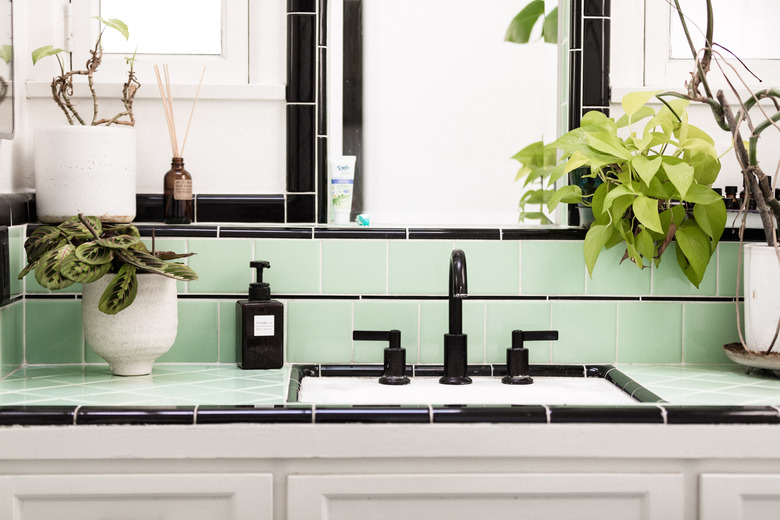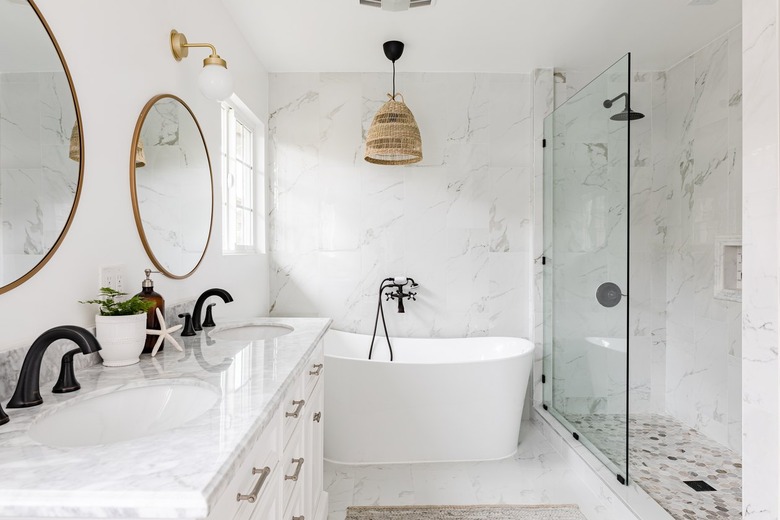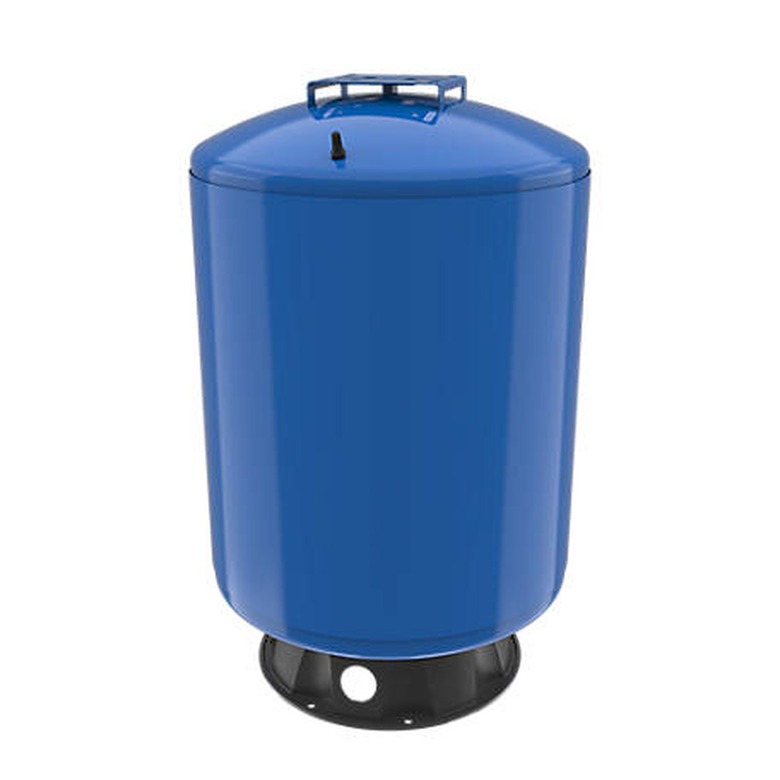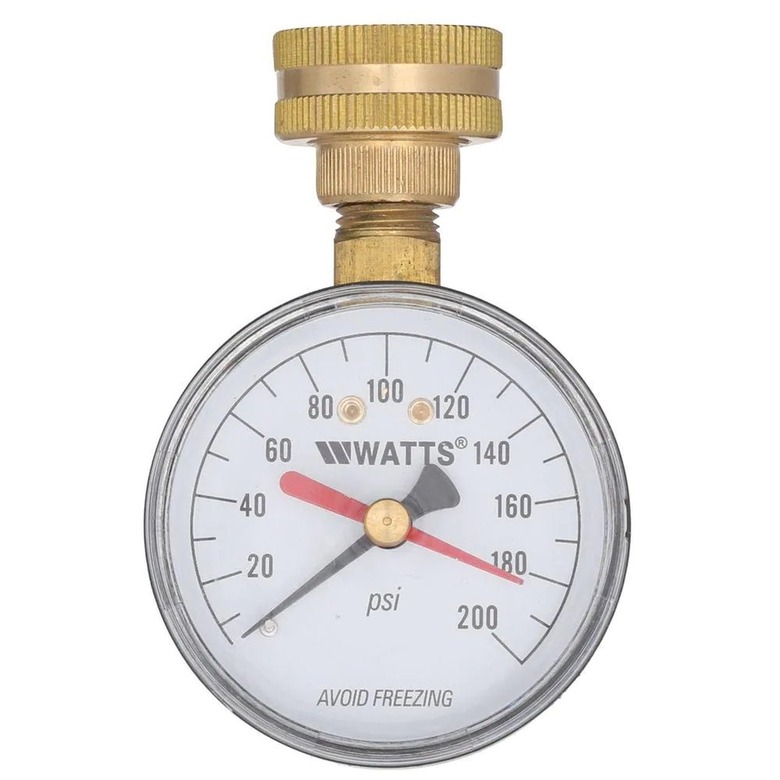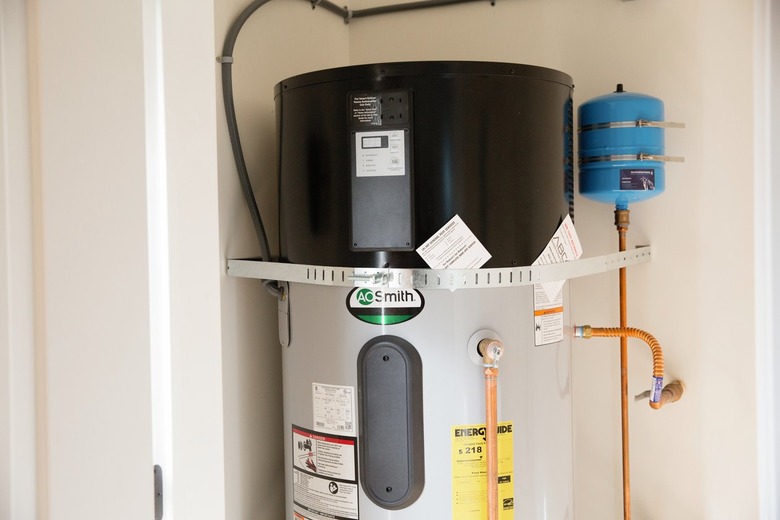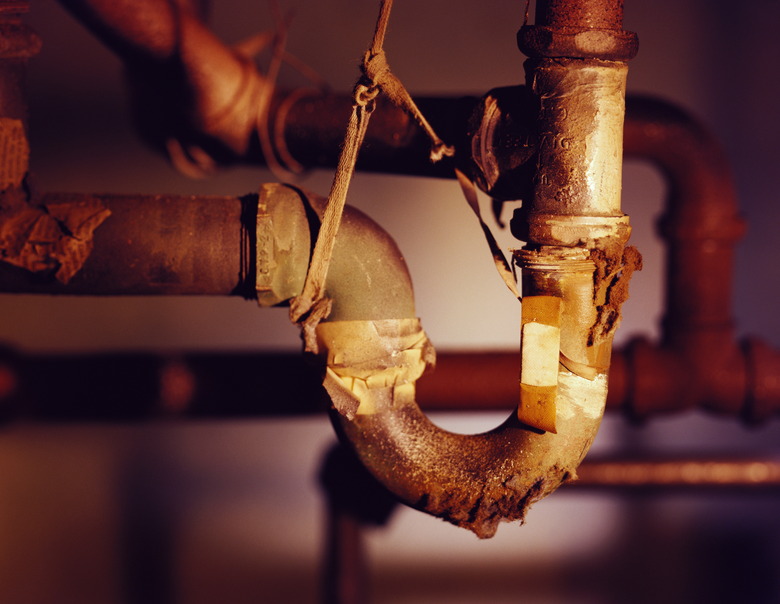6 Tips For Improving Your Home's Water Pressure
We may receive a commission on purchases made from links.
Is there anything worse than getting into the shower only to be disappointed when the water pressure is less than stellar? A common complaint from new homeowners is that the water pressure coming from faucets and spigots seems too low. Typically, the water pressure in your home should be about 50 psi (pounds per square inch), but when it falls below 40 psi and you begin to notice low flow at faucets, your first response should probably be to look for the reason.
Sometimes, water pressure problems can be traced to the municipal water supply; these are problems you probably can't correct yourself. If you live in a rural area, the problem may originate at the well. Whether you are served by municipal water or have a groundwater well, many water pressure problems originate with old, corroded plumbing pipes or a water heater that needs cleaning. If the low-flow issue is found only at a single fixture, you can usually improve the flow by cleaning the fixture, which is a cinch to do.
Tired of low water pressure woes? Here are six simple tips to help you fix it.
1. Check if It's at One Fixture or All
1. Check if It's at One Fixture or All
When you begin to notice low pressure at a faucet, you should check the other faucets in the house right away. If the pressure in those faucets is normal, you can confine your repair efforts to the affected faucet. Low flow in the entire house indicates a possible supply-side problem, and if you're on a municipal water system, it could be affecting your neighbors. Make a few phone calls or head to you online neighborhood group to find out.
If they aren't experiencing pressure issues, you may simply need to adjust your own pressure regulator (a valve that controls the flow coming in from the water main line) if you have municipal water service. If you have a well, you'll need to check the gauge on the pump that charges your system's pressure tank.
2. Adjust the Pressure on a Well Pressure Tank
2. Adjust the Pressure on a Well Pressure Tank
The pressure tank is the heart of a typical well system. A diaphragm or bladder inside the tank separates the water that gets pumped in from the well from a cushion of air in the top of the tank. A second pump pressurizes the water in the tank.
Pressure can fall for a number of reasons, including a rupture in the bladder, a malfunction that prevents the pump from cycling on, or a broken seal in the pump. The pressure may also be low simply because the switch in the pressure pump is set incorrectly. The gauge that measures pressure in the water system is located on the pump.
- If the pump doesn't cycle on when the pressure falls below 30 psi, check the circuit breaker for the pump switch to make sure it hasn't tripped. If the breaker is on, the switch cut-in and cut-out points may need to be adjusted.
- On the other hand, you may notice the pump running continuously with no change in pressure. That's a sign the pump or tank needs to be repaired or replaced. Turn off the pump breaker to shut off the pump and avoid burnout. Then, call a plumber or well specialist.
3. Adjust the Pressure Regulator on a Municipal Water Supply
3. Adjust the Pressure Regulator on a Municipal Water Supply
Houses connected to municipal water systems usually have a pressure regulator installed just after the water meter. You can adjust this regulator yourself, but you should monitor the pressure to make sure you don't overdo it. To check pressure, screw a water pressure gauge onto a spigot in the basement or laundry room, open the faucet, and check the reading. If it's below 40 psi, use a wrench to open the regulator enough to bring the pressure up to 50 psi. The pressure can be slightly higher, but it shouldn't exceed 60 psi. You can increase pressure by turning the nut on the top of the regulator in a clockwise direction.
4. Flush the Water Heater
4. Flush the Water Heater
You might notice low flow only in the hot water faucets, and if it occurs throughout the house, it's often due to scale in the water heater. Few homeowners flush their water heaters every year as recommended by manufacturers, and this can result in blockages at the water inlet and outlet. You can clean scale manually after emptying the tank and disconnecting the pipes. It's a great idea to flush the tank while you're at it. Drain the tank, pour a gallon of vinegar through the anode or pressure relief valve opening, refill the tank, and let it sit for a day. The vinegar will dissolve scale inside the tank.
5. Clean Individual Faucets With Vinegar
5. Clean Individual Faucets With Vinegar
Low flow at a sink faucet is usually the result of scale buildup on the faucet aerator or the valve. Unscrew the aerator and soak it overnight in vinegar and you may notice an immediate improvement. If not, disassemble the faucet, pull out the valve, and immerse it overnight in vinegar. Be sure to remove all rubber gaskets and washers before you soak the valve. Neither of these procedures is difficult, but before undertaking either one, check the shutoff valves under the sink. Someone may have partially turned one off.
You can often correct low-flow problems in the tub or shower the same way. If it's the shower that's presenting trouble, soak the showerhead in vinegar first before you remove the valve and clean it.
6. Replace Corroded Plumbing
6. Replace Corroded Plumbing
Galvanized plumbing pipes can create flow problems in houses that have them. Galvanized pipes gradually corrode on the inside, creating a progressively smaller passage for water to flow. Once this problem has progressed to the point that the home's water pressure at the faucets is too low, the galvanized pipes usually have to be replaced with copper, CPVC, or PEX pipes. It's best to hire a plumber for this particular job, as it could be tricky or even dangerous for DIYers to attempt it themselves.
